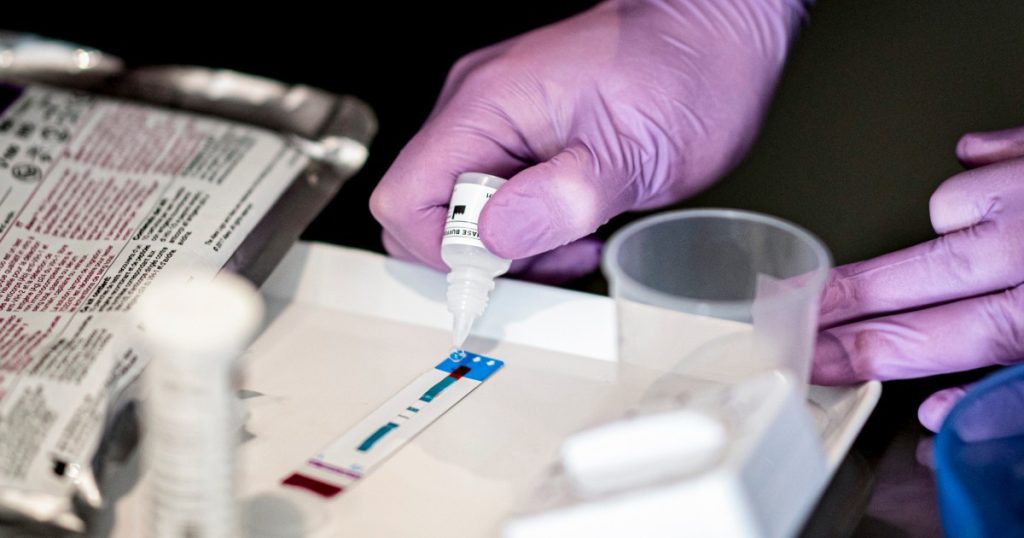Sexually transmitted infections (STIs) are on the rise among older adults, with rates of chlamydia, gonorrhea, and syphilis more than doubling in the U.S. over a 10-year period. A recent presentation by Justyna Kowalska warns that both doctors and older adults are overlooking the risks of STIs in this age group. Factors contributing to this increase include the fact that people are living longer and remaining sexually active well into their 60s, 70s, and 80s. Hormone replacement therapy for women and erectile dysfunction drugs for men are also prolonging sexual desire in older adults. However, older adults may not have received the same sex education as teenagers today, leading to a lack of knowledge about STIs.
Matthew Lee Smith, an associate professor at the Texas A&M School of Public Health, has found that older adults lack knowledge about STI transmission, symptoms, and prevention. Doctors may also be hesitant to ask older patients about their sexual activity, and older individuals may not feel comfortable discussing their sex lives with peers or family members. Some older men may struggle with condom use due to physical limitations or erectile dysfunction. Older adults who were married at a younger age and only had one sexual partner may not think to use condoms since pregnancy is not a concern. Nursing homes can also create opportunities for new sexual partners, particularly since there is often a higher proportion of female residents.
Medical experts warn that older adults may have a harder time clearing infections or be more susceptible to contracting STIs due to age-related changes in the immune system and physical factors related to sexual intimacy. Older women who are postmenopausal may be more prone to vaginal tearing, making them more susceptible to infections. It is crucial for doctors to have discussions about safe sex with older patients to ensure they are informed about risks and prevention strategies. Despite the challenges, experts emphasize the importance of enabling older adults to maintain active and fulfilling sex lives while also prioritizing their health and well-being.
The issue of rising STI rates among older adults is not limited to the U.S., as surveillance data from England has also shown an increase in STI diagnoses among people aged 45 and older. Chlamydia was found to be the most common STI in this age group, followed by gonorrhea. Factors contributing to the rise in STIs among older adults include increased longevity, more active lifestyles, and the use of hormone replacement therapy and erectile dysfunction drugs. Lack of comprehensive sex education for older adults and discomfort discussing sexual activity with healthcare providers or family members may also be contributing to the increase in STIs in this age group.
Healthcare providers need to do a better job of addressing the issue of STIs in older adults and providing education and resources to help prevent the spread of infections. Smith emphasizes that every individual, regardless of age, has the right to intimacy and that safe sex practices should always be encouraged. It is important for doctors to have open and frank discussions with older patients about their sexual activity and risks related to STIs. By raising awareness, providing education, and ensuring access to preventative measures, healthcare providers can help older adults protect their sexual health and overall well-being.


